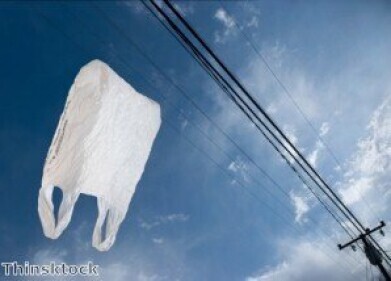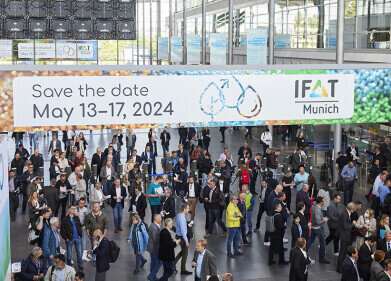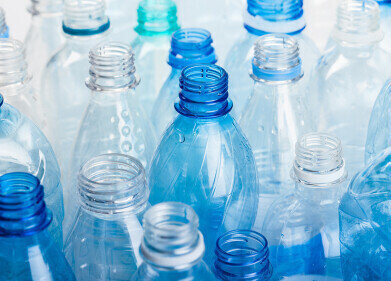Waste Management
What Are the Different Types of Marine Pollution?
Apr 06 2021
The negative impacts of human activity upon our seas and oceans are manifold and well-documented. Indeed, until recently, it was believed that the sheer scale of the water which covers much of our planet was so vast that it would swallow up any and all waste that we threw at it, meaning humans polluted without any thought for the potential repercussions.
Although today’s society is much better informed on the dangers of marine pollution, the damage has already been done in many cases – while it continues to occur in many more. However, not all forms of contamination are created equal. Here’s a breakdown of the four most common varieties of marine pollution and the harmful effects they can have on marine populations.
Plastic pollution
It’s estimated that around eight million tonnes of plastic waste enter our oceans each year, on top of the 150 million tonnes already present in them. While larger pieces of plastic can damage coral reefs or ensnare fish and mammals, over time, they eventually break down into much smaller fragments. These particles, known as microplastics, are potentially even more dangerous, since they are more likely to be mistaken for food by organisms of all sizes. After ingestion, they can harm the internal organs and weaken the immune systems of the animal in question, not to mention filling their stomach with plastic matter that contains zero nutritional value.
Light pollution
Wherever there is human habitation, there will be light. Many towns and cities are built near to coastal areas, meaning the lighting used to illuminate our streets, homes, offices and other public places can infiltrate underneath the waves, as well. The presence of this artificial light during night-time can upset the natural circadian rhythms of fish and other marine animals, which can disrupt their daily routines. Larger fish can prey upon smaller species more easily, while reef dwelling fish can have their reproductive cycles thrown into disarray.
Noise pollution
We may traditionally associate noise pollution with industrial sites or construction works, but sounds can actually travel for further and longer underwater than they can in the air. For that reason, noise pollution caused by anthropogenic activity is a much greater threat to marine animals than it is to those living on the land or in the air. Not only can noise pollution confuse animals which depend upon sonar signals to feed, mate and navigate their way around the ocean, but it can shorten their lifespans and threaten the very existence of entire species.
Chemical pollution
Pesticides, fertilisers and herbicides are commonly used by farmers to boost yields and protect against pests and diseases. Unfortunately, heavy rainfall can sweep these chemicals into gutters, streams and rivers, eventually diverting them into marine environments. Although we do possess sustainable solutions for the removal of chemicals like phosphate and ammonia from such environments, they are not always as commonly employed nor as effective as we might like. This leads to a nutritional imbalance in the water, promoting the growth of algal blooms, depriving other animals of the space, sunlight and nutrients they need and destroying the natural balance of ecosystems.
Events
Apr 22 2024 Hannover, Germany
Apr 23 2024 Kuala Lumpur, Malaysia
Apr 24 2024 Sao Paulo, Brasil
May 05 2024 Seville, Spain
May 13 2024 Munich, Germany













